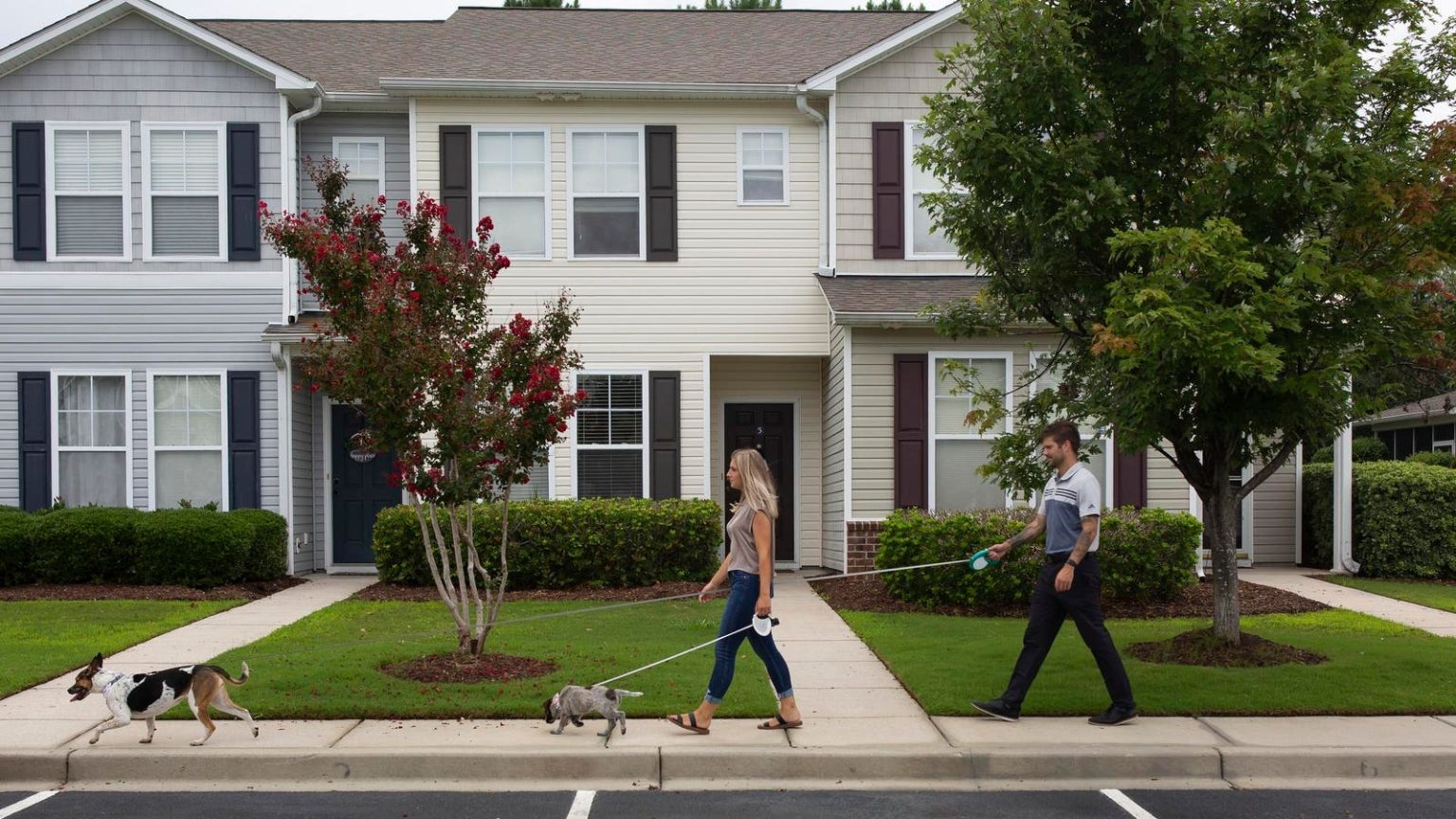Gen Z and young millennial homebuyers are dominating the mortgage market, with nearly 40% of new mortgages going to people under 35, despite rising home prices and record-low housing affordability. Pittsburgh, Philadelphia, and Rust Belt cities like Cincinnati and Detroit are top cities for young homebuyers, with almost half of new mortgages going to young borrowers. Retirement hotspots like West Palm Beach and Fort Lauderdale have the lowest shares of new mortgages going to young buyers, while older millennials aged 35-44 are most likely to take out new mortgages in cities like San Francisco, San Jose, Los Angeles, New York, and Washington, D.C.
The median age of first-time U.S. homebuyers is 35, with younger Americans being the most common mortgage borrowers. In 2023, around one-fourth of Gen Zs and more than half of millennials owned homes, making them a dominant force in the mortgage market. Despite historically high mortgage rates and record-low affordability, younger buyers are still willing to take out loans for homes. Even as mortgage rates peaked in October, younger buyers are less deterred by high rates compared to older generations, as they are reaching the prime age for homeownership and are more likely to borrow due to a lack of accumulated wealth.
The trend of younger buyers dominating the mortgage market continued even as new mortgages decreased roughly 20% from last year for every age group. Younger buyers, who have been renting until now, do not feel as constrained by the historically low mortgage rates of previous years. They are more willing to take out loans despite high rates, with older Millennials aged 35-44 accounting for the highest share of new mortgages in cities with high costs of living and expensive housing markets. On the other hand, older millennials were least likely to buy in cities like Detroit, Cleveland, Cincinnati, and Phoenix, where they accounted for a lower percentage of new mortgages.
Despite the challenges of high costs and low affordability, younger buyers are driving the mortgage market, with Gen Z and millennials making up the majority of new mortgage borrowers. This trend is likely to continue as these generations reach the prime age for homeownership and continue to prioritize taking out loans for homes. While older generations may be more deterred by high mortgage rates and low affordability, younger buyers are less constrained by these factors and are more willing to enter the housing market. As the mortgage market continues to evolve, it will be interesting to see how the preferences and priorities of different age groups shape the future of the housing market.


